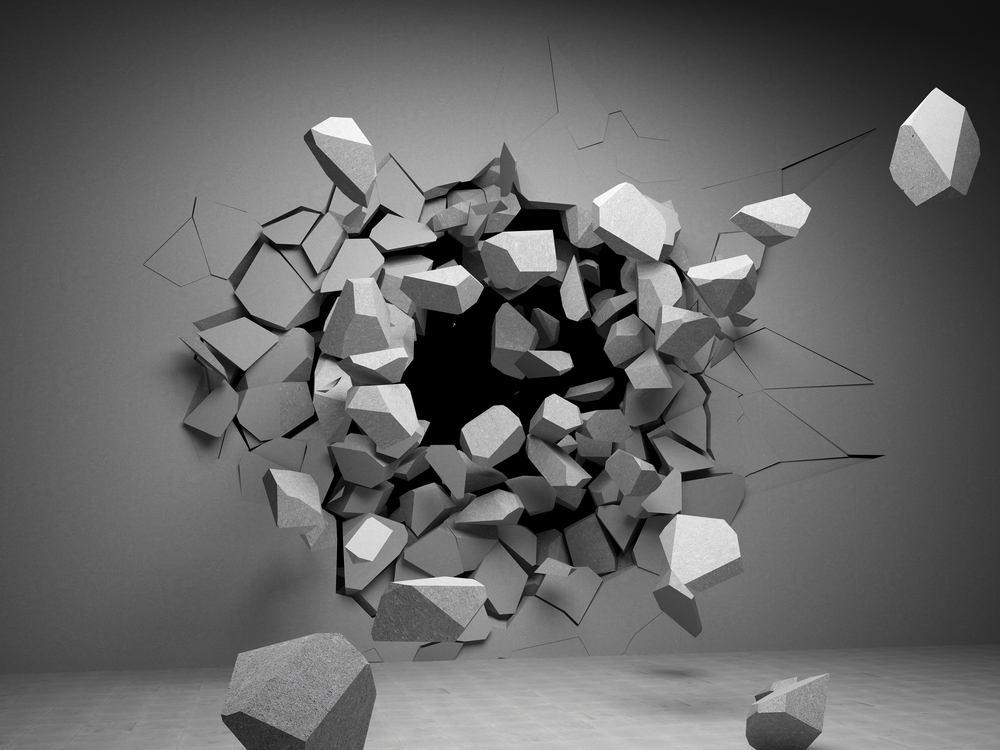Introduction
The Creative Destruction mental model is a fascinating concept that plays a significant role in our decision-making processes. It is deeply rooted in human psychology and is prevalent in our day-to-day lives. This mental model is a tool that helps us understand the cycle of innovation and obsolescence, where new ideas, technologies, and processes replace the old, leading to progress and growth.
Creative Destruction is a term coined by the economist Joseph Schumpeter, who used it to describe the process of transformation that accompanies radical innovation. In essence, it’s the process of constant change where old ways of doing things are destroyed, and new methods are created.
The Prevalence of Creative Destruction in Our Lives
The concept of Creative Destruction is not confined to technological innovation or business scenarios. It permeates every aspect of our lives, from personal decisions to public policy making. Let’s delve into three distinct examples that demonstrate the occurrence of Creative Destruction in various contexts:
- Personal Life Decisions: Consider a scenario where you’re deciding whether to stick with your current job or start your own business. The Creative Destruction here is the potential disruption of your current career path for the opportunity to create something new and potentially more rewarding.
- Business Scenarios: A business may have to decide between sticking with their current product line or investing in the development of a new, innovative product. The Creative Destruction in this scenario is the potential obsolescence of their current product line as they create and market the new product.
- Public Policy Making: Governments often have to decide between maintaining existing infrastructure or investing in new, innovative solutions. The Creative Destruction here is the potential disruption of existing systems and structures as new ones are created.
In each of these examples, the Creative Destruction is not necessarily a negative process. It is, in fact, a necessary part of progress and growth. However, it can lead to difficult decisions and potential short-term losses.
The Psychological Underpinnings of Creative Destruction
Our decisions are often influenced by various mental biases, and understanding these can help us better understand the concept of Creative Destruction. One such bias is the ‘status quo bias’, where we prefer to keep things the same rather than change. This bias can often prevent us from embracing Creative Destruction, leading us to stick with outdated methods or technologies even when better alternatives are available.
Another bias that plays into Creative Destruction is ‘loss aversion’, where the fear of loss is greater than the potential for gain. This can lead us to avoid decisions that involve Creative Destruction, even when the potential gains are greater.
Strategies to Avoid Falling Prey to Creative Destruction
Awareness of the Creative Destruction mental model and the biases that influence our decisions is the first step towards making better decisions. Here are some strategies to help you avoid falling prey to Creative Destruction:
- Embrace Change: Change is a natural part of life and progress. Embrace it and look for opportunities to innovate and improve.
- Challenge the Status Quo: Don’t be afraid to question existing methods or technologies. Look for ways to do things better, even if it means disrupting the current way of doing things.
- Be Aware of Your Biases: Understanding your biases can help you make more objective decisions. Be particularly aware of the status quo bias and loss aversion, as these can significantly impact your perception of Creative Destruction.
- Use Decision-Making Tools: Tools like decision matrices or pros and cons lists can help you objectively evaluate your options and their potential benefits and drawbacks.
Conclusion
The Creative Destruction mental model is a powerful tool that can help us embrace change and innovation. By understanding the true cost and benefits of our decisions, we can make choices that lead toprogress and growth. Remember, every decision we make has the potential for Creative Destruction, and being aware of this can help us navigate our lives more effectively.
Throughout this post, we’ve referenced various academic studies, psychological research, and renowned works to substantiate the points made. The concept of Creative Destruction is a fascinating area of study in both economics and psychology, and there’s a wealth of information out there for those interested in diving deeper into this topic.
